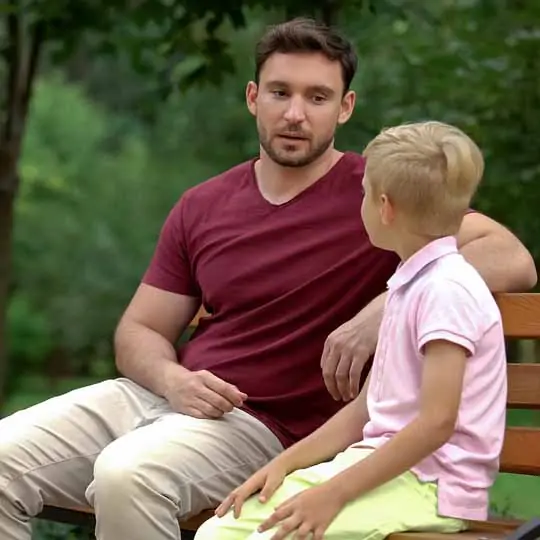
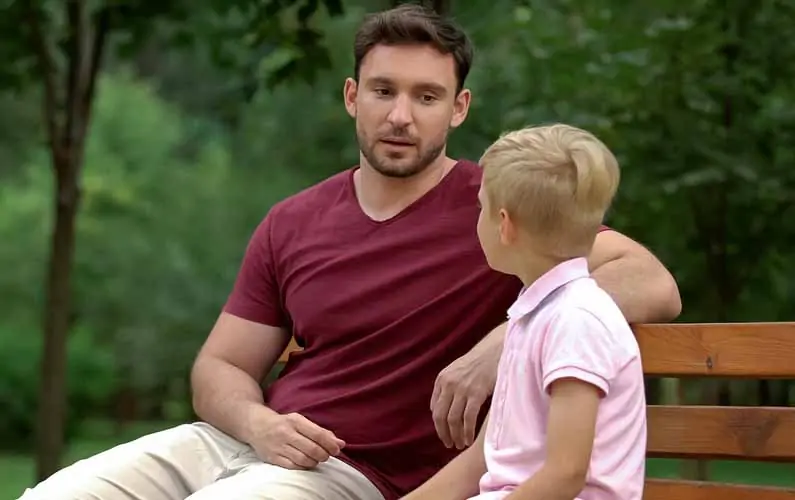
Defining Pornography Clearly: How Parents Can Better Protect Kids
What is pornography?
This age-old question garnered the famous Supreme Court Justice Potter Stewart’s response in 1964 when he said, “I know it when I see it.”
But that’s not a very helpful definition, especially when talking to children who need clarity, not vagueness.
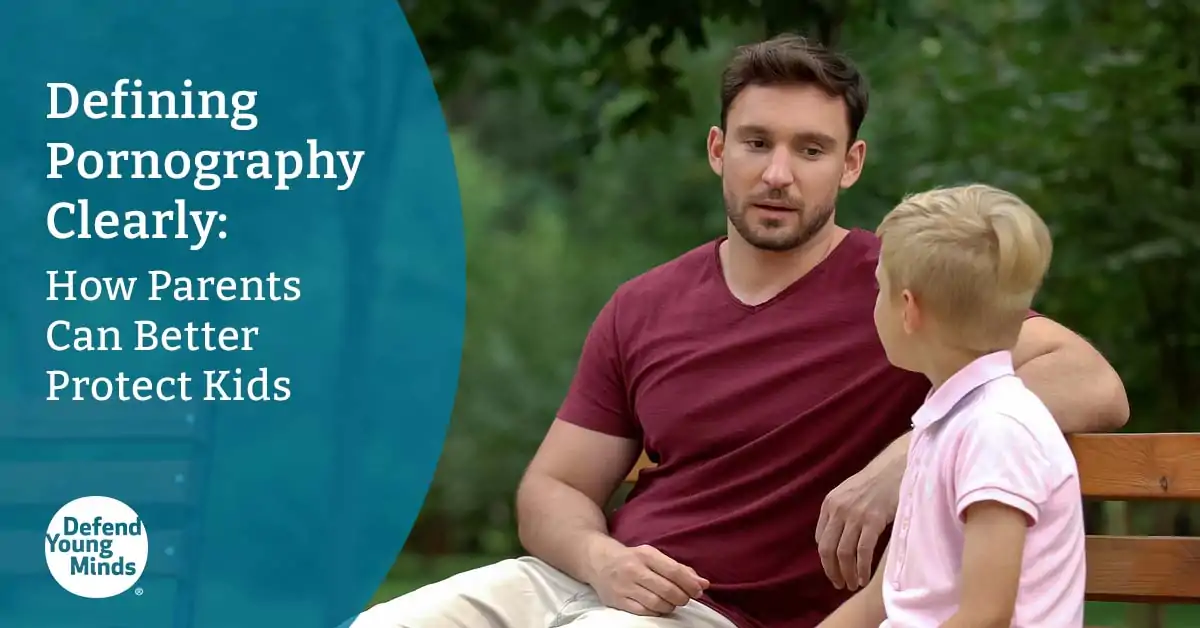
Legal definition of pornography vs what kids really need
Legally, pornography is defined by these three tests:
- An average person would find it arousing.
- The material depicts or describes sex in an offensive way.
- It lacks serious literary, artistic, political, or scientific value.
Even with that, the line is fuzzy. One person may insist that an HBO sex scene is just Rated-R entertainment, but not pornography.
Whereas another may feel that a Victoria’s Secret magazine is pornographic.
This wide ranging debate on what constitutes pornography has even led to Senator Mike Lee of Utah introducing a bill called the Interstate Obscenity Definition Act into the House of Representatives in May of 2025 to establish a uniform, national, legal definition of obscenity to make it easier to prosecute when it’s distributed across state lines.
Effects of pornography on the child’s brain
When adults argue over “Is this porn or just R-rated?” they miss the bigger point: What impact does the material have on the child?
Premature sexualization
A child’s brain isn’t ready for sexual stimulation. Once a sexual image or scene triggers arousal, you can’t “un-ring the bell.” That part of the brain has been awakened. Sex addiction expert, Mark Bell explains:
“Young kids, lacking sufficient life experience and brain maturity, don’t understand these newly awakened and intense sexual feelings and have difficulty coping with them.
The end result is that a child will feel drawn to pornography and not know why. The child may or may not like seeing porn initially; nevertheless, the child will often feel an inner pull towards it.”
Real-life examples
- A five-year-old saw a woman in a bikini during a movie scene. From then on, he sought out similar images, leading to an addiction which threatened his marriage.
- A six-year-old tore pages out of a Victoria’s Secret catalog, hiding them under his Thomas the Train set—an early step that led to an eventual pornography addiction.
Whether it’s a graphic sex act or just a lingerie ad, both can hijack a child’s natural curiosity and hardwire pathways, creating an unhealthy sexual template from a young age.
Related: How Porn Corrupts the Brain’s Reward System: Neurosurgeon Explains
Researched outcomes of childhood pornography exposure
Research confirms it: Childhood pornography exposure interrupts important years of cognitive child development with outcomes ranging from lower self-esteem and problem sexual behaviors in early childhood to depression and sexually risky behaviors in young adulthood.
Lifelong impact of early exposure to pornography
Early exposure doesn’t stay in childhood—it can shape beliefs, desires, and behaviors well into adolescence and adulthood. Pornography use has been linked to distorted views of sex, difficulties forming healthy relationships, and even compulsive or addictive patterns. That’s why for kids, even seemingly “small” exposures matter.
Related:
- The Truth About Porn’s Impact on Childhood Mental Health
- Does Porn Harm Kids’ Mental Health? The Latest Research Parents Need to Know
[[CTA]]
How to define pornography in practical terms
So, what is pornography really?
In simple terms:
Pornography is any image, video, or story designed to create sexual arousal by showing people’s private parts or any kind of sexual behavior.
For younger children, you might use the simple definition from Good Pictures Bad Pictures:
“Pornography means pictures or videos or cartoons of people without clothes on, that show the private parts of the body we keep covered with a swimsuit.”
At Defend Young Minds, we say: If it does the job of pornography, it is pornography. That means anything that prematurely sexualizes a child, or awakens arousal before they are ready, is pornographic. Even if it doesn’t fit the legal test.
Moving the goalposts
That’s why it’s misleading to move the “goalposts” and suggest that today’s violent, degrading pornography makes yesterday’s R-rated images harmless by comparison. It’s like saying a child can’t drown in a couple of feet of water just because a raging river exists nearby.
Or consider a fire: a spark may seem small, but left unchecked, it can ignite an inferno.
This approach moves the debate away from “Is it R-rated or X-rated?” toward the bigger truth: anything that causes sexual feelings in children is developmentally inappropriate and harmful.
How to talk to kids about pornography
Children need adults to be clear and explain what pornography is and why it’s harmful. Otherwise they’re left vulnerable to exploitation by both technology and predators. Children need to be able to:
- Name pornography: Call porn what it is, even when it hides in “mainstream” movies, ads, music videos, or books.
- Explain why it’s harmful: Share that pornography hijacks the brain’s natural wiring.
- Reject it: Teach kids how to reject pornography, just like they know how to say no to other dangers.
One of the easiest ways to talk kids through these steps is with the Good Pictures Bad Pictures books. They give parents a simple script so kids know exactly what to do when they see pornography. These books make the conversation natural and provide age-appropriate analogies and explanations.
Related: It’s Awkward, and It’s OK: You CAN Talk to Your Kids About Pornography
Protecting kids from pornography starts with clear conversations
Pornography isn’t just about what’s legal, artistic, or “too extreme.” For kids, anything that prematurely sexualizes them does the job of pornography. And here’s the good news: When parents are clear on what pornography is, they can explain it with confidence and give their kids the tools to recognize and reject it.
That’s why your role as a parent is so critical. By starting conversations now, you can give your children the clarity they need before—not after—they’re exposed. They won’t be caught off guard. Kids who have a plan in place can defend their brains from pornography.
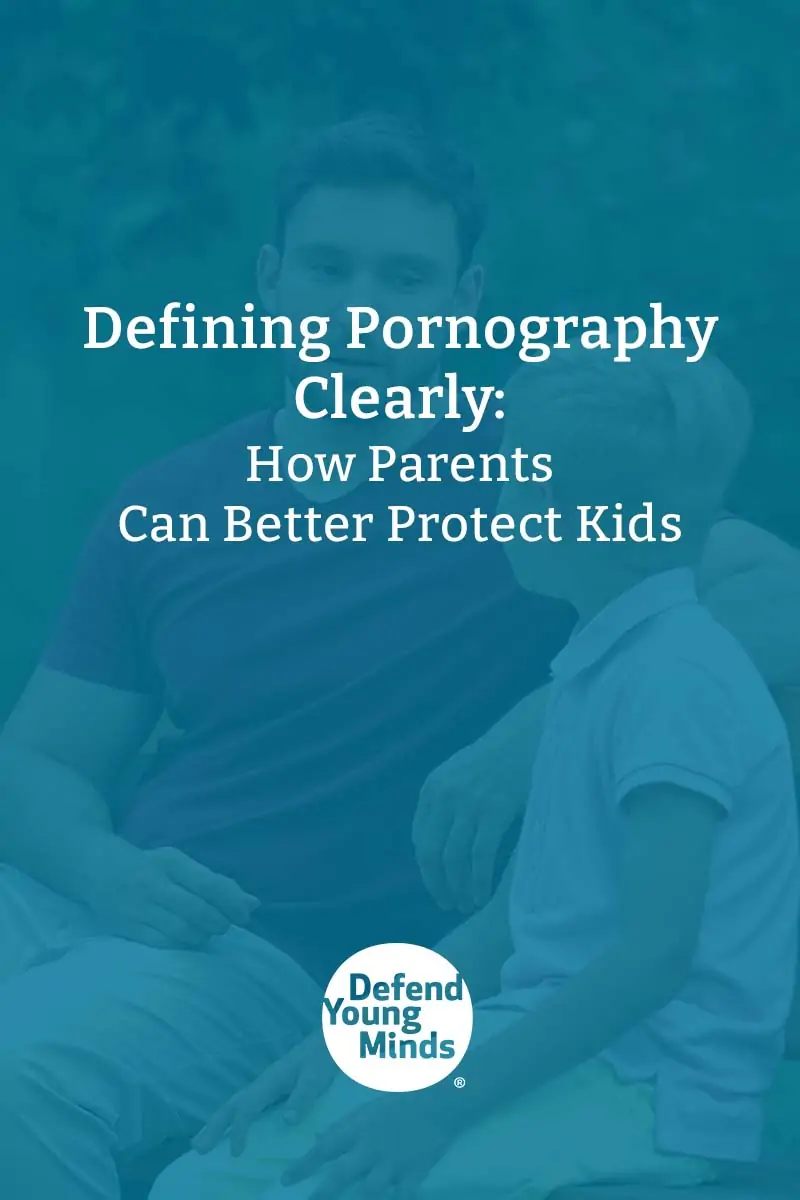
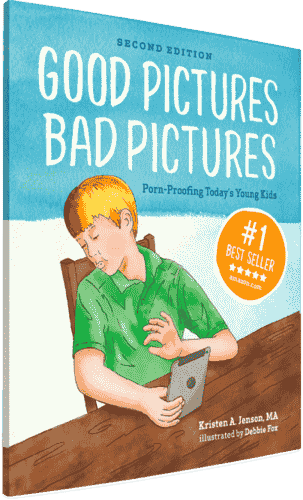
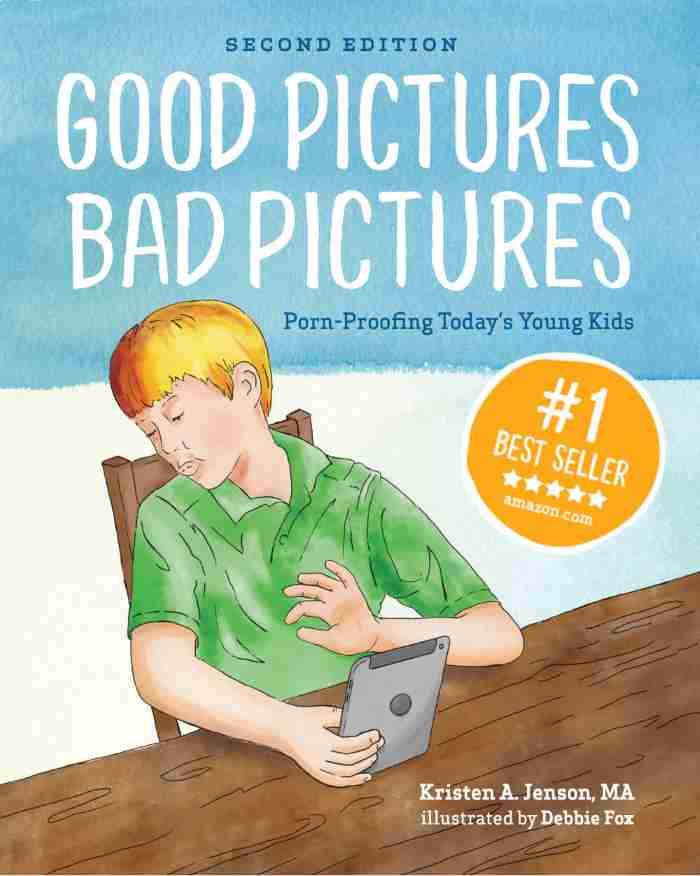
Good Pictures Bad Pictures
"I really like the no-shame approach the author takes. It's so much more than just 'don't watch or look at porn.' It gave my children a real understanding about the brain and its natural response to pornography, how it can affect you if you look at it, and how to be prepared when you do come across it (since, let's face it... it's gonna happen at some point)." -Amazon Review by D.O.







